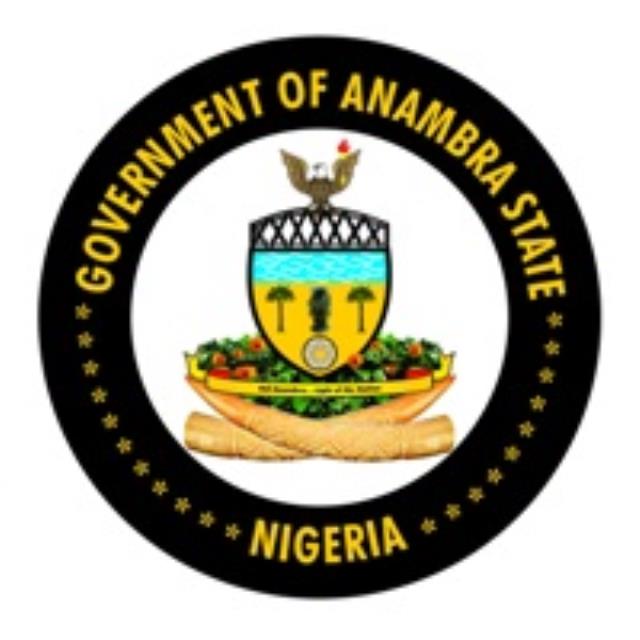Anambra is, today, an envy of other states in good governance. Be it by economic principles, common sense and supernatural insight or better still, a combination of all, it has become unquestionable, almost sacrosanct that Anambra has improved tremendously in community and infrastructural development, far better than others.
When Governor Willie Obiano was sworn in 2014, he propounded the now popular maxim, 4Cs of Continuing all inherited projects, Completing them, Commencing new ones and Commission all for public use. The policy yielded results immediately, driven by the passion of a leader, desirous of making positive impacts and leaving great legacies.
Consequently, three world class flyovers sprang up in three popular zones on the Awka area of the Onitsha–Enugu expressway; one at Amawbia bypass junction, another at Kwata junction and the other at Aroma junction. These areas were known for unending traffic gridlocks, accidents and rowdy congestion of human and vehicular activities.
Respite came, however, with the construction of the three flyovers. The conception, design and composition of the monumental architecture, unprecedented and first of its kind in south-eastern Nigeria, changed the skyline of the capital city. It symbolically represents the torch-bearing status of the state as the light of the nation. It also signaled the emergence of a new trajectory, a new style, a new beginning, perhaps a renaissance of a sort.
More satisfactory, however, is the trend that has been set and maintained in the hinter areas of the state. the multi-dimensional strides of the Obiano`s administration has necessitated a solid inter-connectivity of roads to create a network between the rural communities and the urban areas.
In agriculture, for instance, the transportation of farm produce from farms in rural areas to urban markets is aided by good roads and strong bridges. In like manner, goods and supplies are equally transported from urban markets to rural communities.
To effectively aid the smooth flow of the increasing daily movement in agriculture as well as petroleum, commerce and industry, education, rural electrification and others, the Obiano administration is constructing roads and bridges in rural communities all over the state. Striking, however, is the bridge connecting the rest of the state to the oil fields at Aguleri-otu in Anambra East local government area of the state.
Arguably, the longest bridge in the South-East, the bridge also connects Anambra to Kogi state and links up Abuja and the northern part of the country easily. The same can be said of Nengo bridge, Nteje; Iseke – Mbosi – Azia road; SARS Awkuzu – Achalla road; Nteje – Nando road with bridge; Ogbu – Mgbede – Umueri road; St. Monica’s road, Ogbunike; Onne – Ogboji – Achina road; NAUTH Nnewi road; Isuaniocha – Urum – Amanuke – Achalla road with bridge; Enugwu Ukwu by-pass road and many others.
Today, while many states struggle with basic responsibilities like payment of worker’s salaries, while payment of pensions, benefits and allowances are forgotten, the story is different in Anambra. Rather, Akpokuedike increased salaries and even boasted to be the first to implement the new minimum wage, when the modalities are worked out by the federal government.
In this period of national distress, Governor Obiano rejected bailout funds from Federal Government and refused to borrow from any external source rather, his prudence, auditory and accounting expertise showed forth. Hence, Anambra is the least indebted in the country
In dire circumstances, the Governor exhibited a master stroke of pure economic brilliance and an astute understanding of the basic principles of financial management and against all odds, he launched the N20m community-choose-your-project initiative. Each of the 181 communities in the state, annually receive N20m to fund any project of their choice. By o doing, employment is created, food vendors sell, artisans are busy, those trading in building materials are patronized, civil engineers and several others are positively engaged all over the state. This initiative is at its third phase now.
Today, all the communities in Anambra can boast of modern markets, libraries, water schemes, health centers, refurbished hospitals, town halls, skill acquisition centers and lots more, all built by their own hands, with funds from government.
Governor Obiano’s governance style and managerial skills has set him apart as both quintessential and visionary. Ebubedike is, indeed, the harbinger of our renaissance and a beautiful bride, whose type is sort after by other states.









Comments are closed for this post.